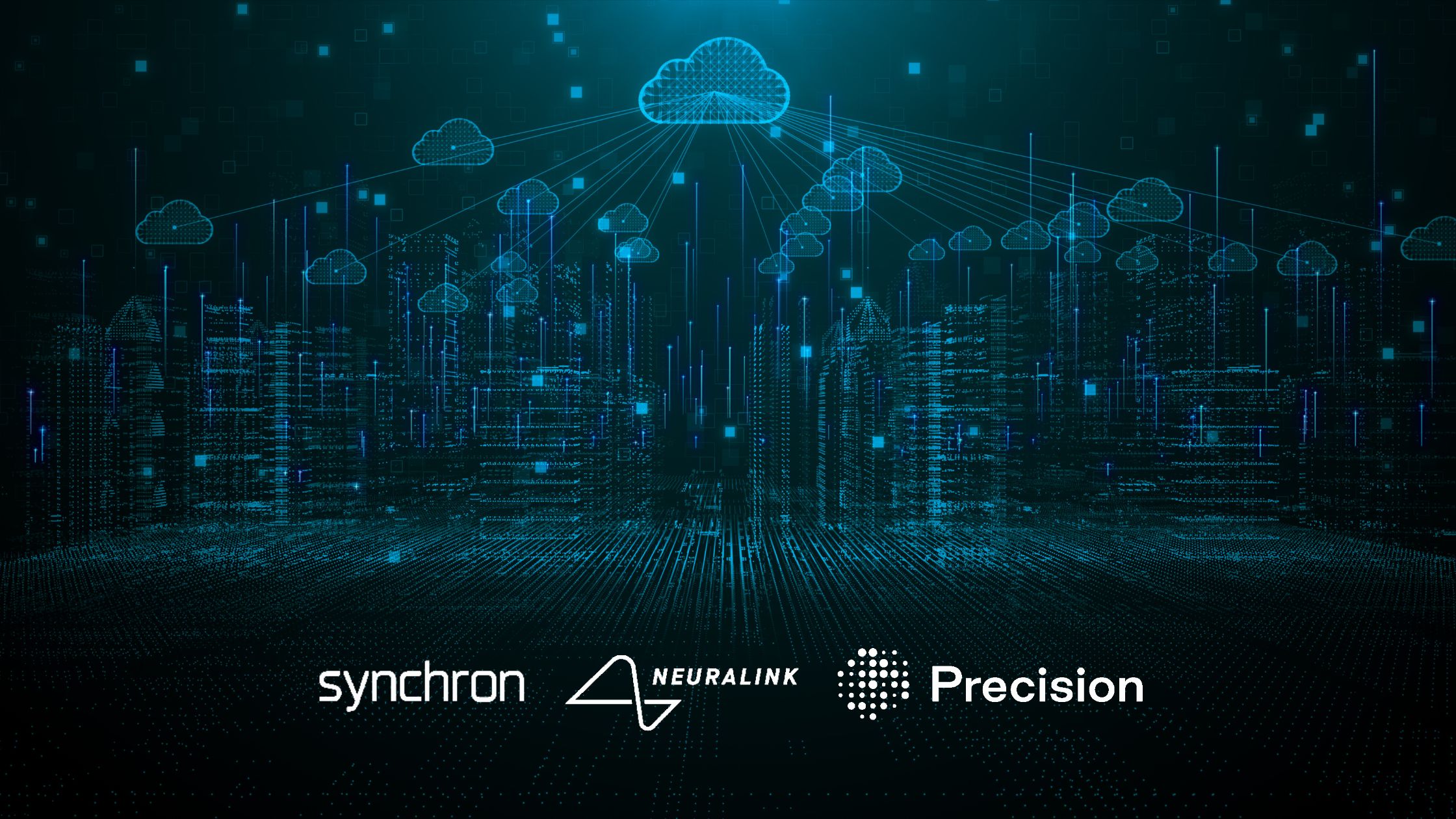Once a sci-fi concept, Brain–Computer Interfaces (BCIs) are now edging closer to everyday clinical reality. As breakthroughs in AI and neurotechnology accelerate, they’re not just restoring lost functions; they’re redefining how humans interact with machines. For life sciences and MedTech leaders, this isn’t a distant future to watch but a fast-approaching shift that could transform therapies, patient care, and the very boundaries of human potential.
In this blog, we’ll explore how global leaders are developing BCIs, how AI is the catalyst driving their evolution, and what these advancements mean for the future of healthcare innovation.




